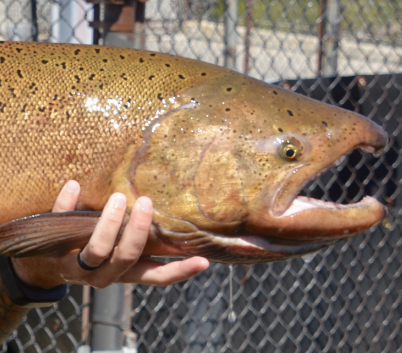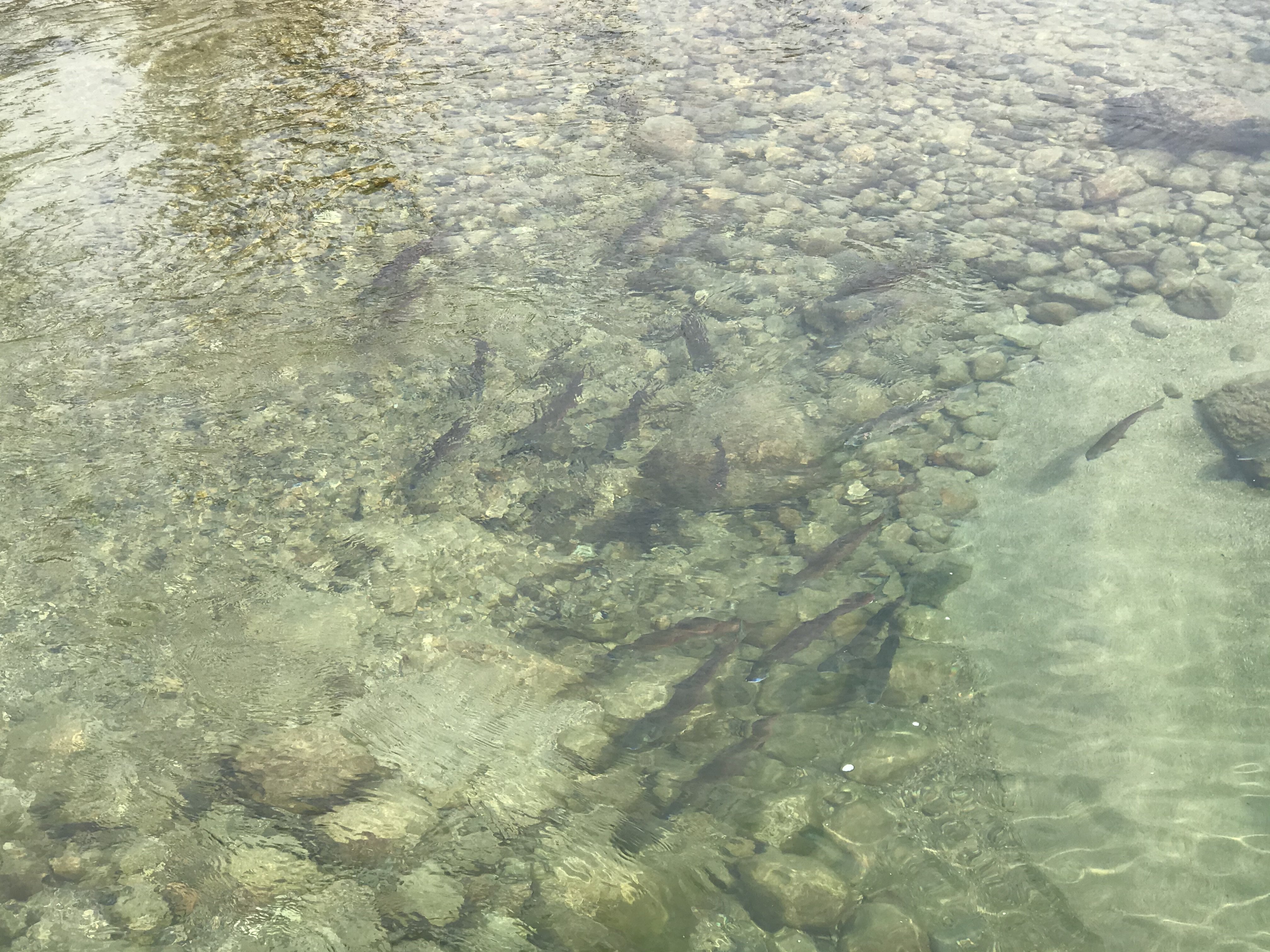Idaho Congressional Staff Tours Sawtooth Hatchery and Redfish Lake
- August 24, 2020
- John Harrison

Every year since 2008, during the August Congressional recess, the Northwest Power and Conservation Council has hosted a tour for staff members of the Northwest Congressional delegation and key House and Senate committees. The informational tours address key natural resource and energy issues in the Northwest and the Columbia River Basin.
Each year the tour takes place in one the four Northwest states represented on the Council. This year, the tour was to have been in western Montana but was canceled in response to the COVID-19 pandemic. These tours usually comprise about 35 people, counting Congressional and Council staff, and the travel usually is in vehicles where social distancing is difficult if not impossible.
Instead, this year Idaho’s two members of the Council, Jeffery Allen and Jim Yost, hosted a “mini’ Congressional staff tour for staff of the state’s Congressional delegation. The one-day tour focused primarily on one key issue, the pressing need to fund capital improvements at the Lower Snake River Compensation Plan (LSRCP) salmon and steelhead hatcheries and related facilities. Representative of all four of Idaho’s congressional offices participated in the tour, which was held in the Stanley Basin of Central Idaho at the Sawtooth Hatchery, an LSRCP facility, and Redfish Lake, where the focus was on Snake River Sockeye Salmon, an endangered species that spawns in the lake and is the focus of an intensive recovery effort involving hatchery and natural production of fish.
“We put a premium value on our relationship with the NW delegation,” Allen said after the tour. “In light of the pandemic and social-distancing requirements, we conducted a safe, short tour with Idaho’s delegation.”
Allen said some of the facilities at the LSRCP hatcheries, more than 40 years old, are in desperate need of repairs and rehabilitation, but that it is not clear who is responsible for funding the work. The U.S. Fish and Wildlife Service oversees the LSRCP; routine maintenance operations are funded directly by the Bonneville Power Administration under an intergovernmental agreement. Partners include the Umatilla, Nez Perce, and Shoshone-Bannock tribes; the Idaho, Oregon, and Washington fish and wildlife departments; and the Pacific States Marine Fisheries Commission.
“The Congressional staff was very interested in working with us to find ways to fund capital improvements to the hatcheries and ways to enable those hatcheries to achieve their original production goals and Congressional mandates,” Allen said.




